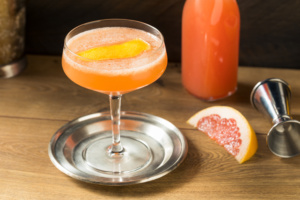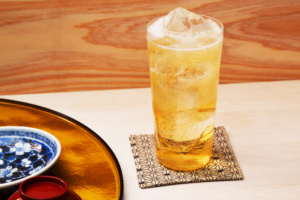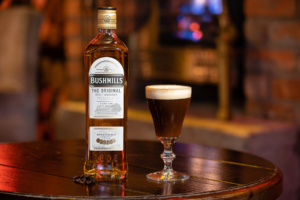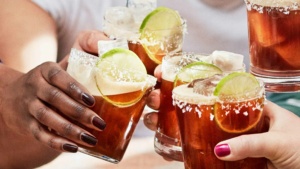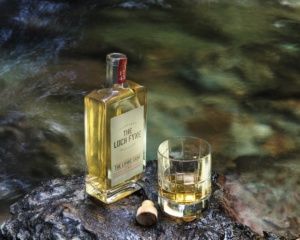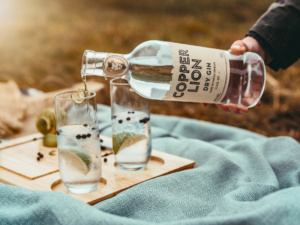Shaken and Stirred
From "meh" to mouth-watering: Rhona McKeran unlocks the science behind making the best version of your favourite drinks at home.
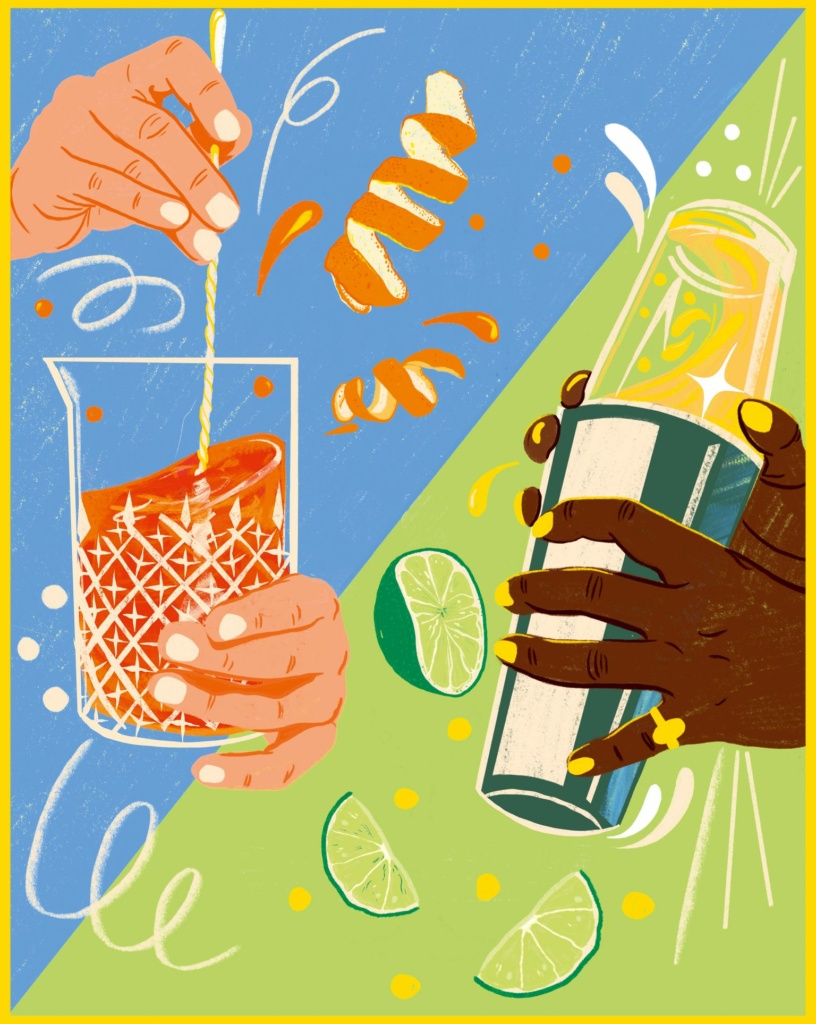 The history of the cocktail can be traced back to the 1800s when it was consumed as a morning drink - something taken to literally "cock up your tail" before you started your day. Back then, the formula comprised of spirit, sugar, water and bitters; the latter added for medicinal value. At only a couple of ounces in volume, the drink lasted just a few sips. Up the measurements of this original recipe and swap the water for ice - you have yourself what we call an Old Fashioned today.
If the modern-day cocktail recipe can still be as simple as it was in its earliest form, then why do some bars make them better than others? And why can we be left disappointed when mixing at home? That's where a little bit of science comes in. From the temperature of your drink to the type of ice you choose, to your mixing weapon of choice - there are many variables that can be tweaked to ensure you're getting the most out of the drinks you make at home.
The history of the cocktail can be traced back to the 1800s when it was consumed as a morning drink - something taken to literally "cock up your tail" before you started your day. Back then, the formula comprised of spirit, sugar, water and bitters; the latter added for medicinal value. At only a couple of ounces in volume, the drink lasted just a few sips. Up the measurements of this original recipe and swap the water for ice - you have yourself what we call an Old Fashioned today.
If the modern-day cocktail recipe can still be as simple as it was in its earliest form, then why do some bars make them better than others? And why can we be left disappointed when mixing at home? That's where a little bit of science comes in. From the temperature of your drink to the type of ice you choose, to your mixing weapon of choice - there are many variables that can be tweaked to ensure you're getting the most out of the drinks you make at home.
Shaken
Name me a cocktail more refreshing than a Daiquiri. When made right, this cocktail is a melted ice lolly in a glass, with a recipe that is easy to follow at home. So what are the secrets behind making this cocktail, and any other shaken cocktail, in its perfect form? The key objectives of shaking a drink are dilution, chilling, and texture. Dilution happens quickly when shaking, and things get really cold - much colder than stirring - thanks to all those pieces of ice flying around. A Daiquiri is best enjoyed ice cold - there's no denying it - but it is possible for a drink to be too cold, with the perfect temperature somewhere between -1°C and -5°C. Our sense of taste is blunted at colder temperatures, especially when it comes to tasting sweet flavours. The colder the drink, the less sweet it tastes - therefore a shaken drink should always start out as a sweeter recipe than a stirred drink. To help with creating a sweeter Daiquiri recipe that's going to taste great when it's cold, freshly squeezed lime juice wins over the clarified stuff every time. As citrus juice ages it oxidises and loses flavour, becoming less sweet and more bitter, so roll up your sleeves and get juicing those limes - it's what they used back in the 1800s after all. Then there's texture - imperative to a delicious Daiquiri. Shaking is what gives a cocktail its texture, conjuring up plenty of air bubbles for a visibly frothy drink, so shake with conviction for a Daiquiri that will dance on your tongue. Once poured, drink quickly! In moderation, of course. From the minute they enter the glass, shaken drinks are changing in temperature, flavour and texture. Think about making your shaken drinks smaller in volume, so they can be enjoyed at their prime, in just a few sips.Stirred
The Negroni is the champion of all stirred drinks in my eyes. Yet to try one? You have to have three before you like them, but how good that fourth one will taste. Not for the faint hearted, this drink is full-on booze, which is why it lends itself so well to being stirred. While shaking adds texture to cocktails, stirring focuses on dilution and chilling. Typically, the ingredients will be stirred together with ice in a mixing glass for 30 seconds to achieve ample dilution, before being served over ice for further dilution in the glass. There are certain drinks that shouldn't be served with ice because you don't want them to dilute any more, whereas the Negroni can withstand a good bit of dilution due to its heavy alcohol content. In saying that, the Negroni is a drink to be savoured, so you don't want things getting too watery too quickly. Enter, the block ice cube. It may appear just for show, but a singular two-inch block ice cube will melt and chill more slowly in your glass due to having a smaller surface area in contact with the drink, allowing you to sip your Negroni long into the night. And what about that little trick they do in bars with the orange peel? Fruit juices tend not to sit well in sipping drinks, but essential oils can give you that desired citrussy kick instead. "Expressing" the peel of an orange over your Negroni lets those lovely oils loose in your glass, providing a perceived acidity within the drink and enhancing its aromas when you go in for sip after sip.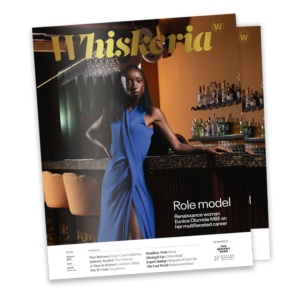 The original feature is from the Autumn 2021 edition of Whiskeria, delivered to the door of W Club subscribers and also free with any Whisky Shop purchase in store or online. Click here to read the full Autumn 2021 issue of Whiskeria online for free.
The original feature is from the Autumn 2021 edition of Whiskeria, delivered to the door of W Club subscribers and also free with any Whisky Shop purchase in store or online. Click here to read the full Autumn 2021 issue of Whiskeria online for free. 4.7/5 with 10,000+ reviews
4.7/5 with 10,000+ reviews
